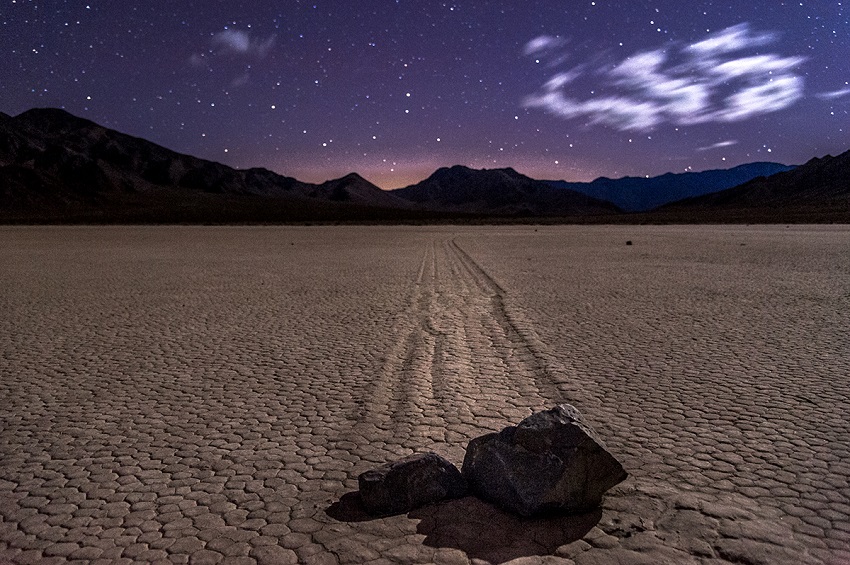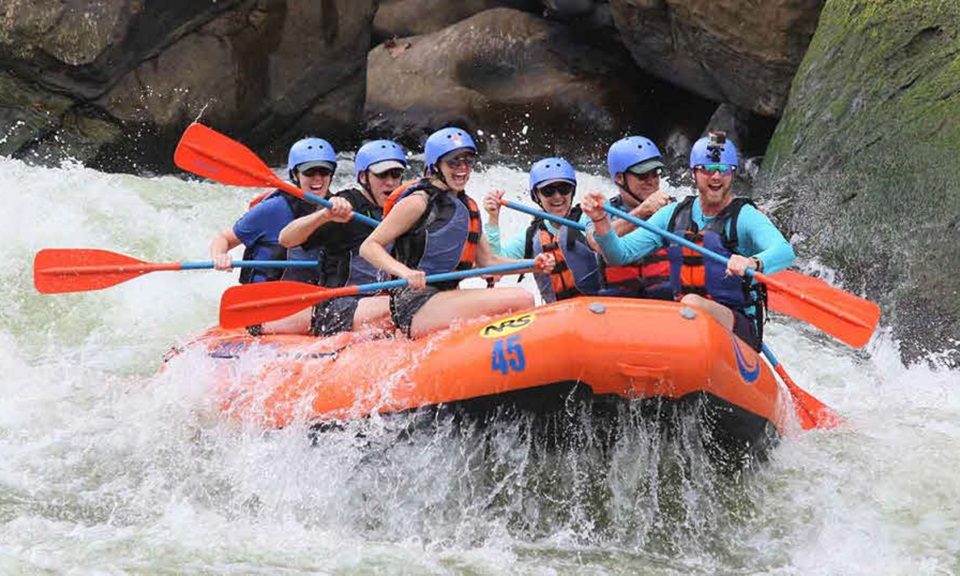5 Things to Know About Death Valley

7 Most Common Misconceptions About Africa
August 19, 2022
5 Places You Should Never Visit in Summer
August 20, 2022As the hottest, driest and lowest national park, Death Valley is a land of extremes. More than just a scorching desert, Death Valley offers park visitors a striking contrast of landscapes to explore — from the snow that frosts the park’s towering peaks to the lush wildflower meadows and small oases that provide a reprieve from the heat to seemingly endless desert plains.
Here are five things you might not have known about Death Valley, courtesy of https://www.acepokies.com/!
- Death Valley is the lowest point in North America. At 282 feet below sea level, Badwater Basin is a surreal landscape that tricks the senses. What many visitors mistake for snow covering the ground is actually a thick layer of salt on the valley floor. But how did the salt get there? Rain and minerals dissolved from rocks drain to lower elevations. Here, at Badwater Basin, the water forms temporary lakes after heavy storms. As the water evaporates, minerals concentrate until only the salts remain. After thousands of years, enough salts have settled here at the bottom of the continent to create this vast, surreal scene.
- You can’t beat the heat at Death Valley. In July 2018, the hottest place on Earth experienced its hottest month on record. The average temperature was 108.1⁰F including overnight lows. Daytime highs reached a temperature of 127⁰F for four days in a row. This kind of heat can be dangerous, but that doesn’t mean you can’t explore the park in the summer. Visitors are urged to stay in well-traveled areas of the park, so that other people might provide help in case of a vehicle break-down. Be sure to come prepared — cell phones often have no reception in the park. Other tips for a safe visit include drinking plenty of water, eating snacks, limiting activities outside of air-conditioning and visiting viewpoints at higher, cooler elevations. Also, just because you can fry an egg in the heat, doesn’t mean you should(link is external).
- Wildflowers bring life to the desert. Contrary to its name, Death Valley comes alive with color and life in the spring. While the park is famous for its rare and spectacular wildflower displays, flowers are never totally absent in the off years. When conditions are right, the hills and valleys explode into a carpet of gold, purple, pink or white flowers. Deep soaking rain is essential for a desert floral display. To begin, a rainstorm of a half inch or more is needed to wash the protective coating off wildflower seeds and allow them to sprout. For plants to continue growing, rainstorms must come at evenly-spaced intervals throughout the winter and spring. Superblooms are fleeting, but they leave a lasting impression with park visitors and attract large numbers of pollinators such as butterflies, hummingbirds and bees. Check out the park’s annual wildflower update for the best times and trails to visit and when you can play your favourite games from best online casinos in the US.
- Some of the rocks move on their own at Death Valley. Racetrack Playa is home to one of Death Valley’s most enduring mysteries. Scattered across the bottom of this dry lakebed are hundreds of rocks that leave trails on the ground when they move. Some of the rocks, which weigh up to 700 pounds, have traveled over 1,500 feet. For years, the source of their movement has gone unsolved, but in 2014 researchers discovered a rare combination of events that move the rocks. When the playa floods and cold winter nights freeze the water into a thin layer of ice that then break into large floating panels as night turns into day, winds drive the rocks forward across the slippery surface, which leave trails in the soft mud below. Although scientists have discovered the secret of the moving rocks, the fascination remains the same.
- If you listen closely, the sands will sing to you. Although sand dunes are only a small portion of Death Valley, the shadowed ripples and stark, graceful curves are some of the most memorable sights in the park. While Mesquite Flat Sand Dunes are the easiest to visit and the only location where sand boarding is allowed, Eureka Sand Dunes are much taller — rising over 680 feet. At the top of the sand dunes, you can experience one of the strangest phenomena of the desert: singing sand. When the sand slides down the steep faces of high dunes, a sound like the bass note of a pipe organ or the distant drone of an airplane can be heard. The reason for this occurrence is unknown, but it’s most likely caused by the friction between sand grains. There are few other places on earth where the beautiful songs of nature call so loudly to visitors.




